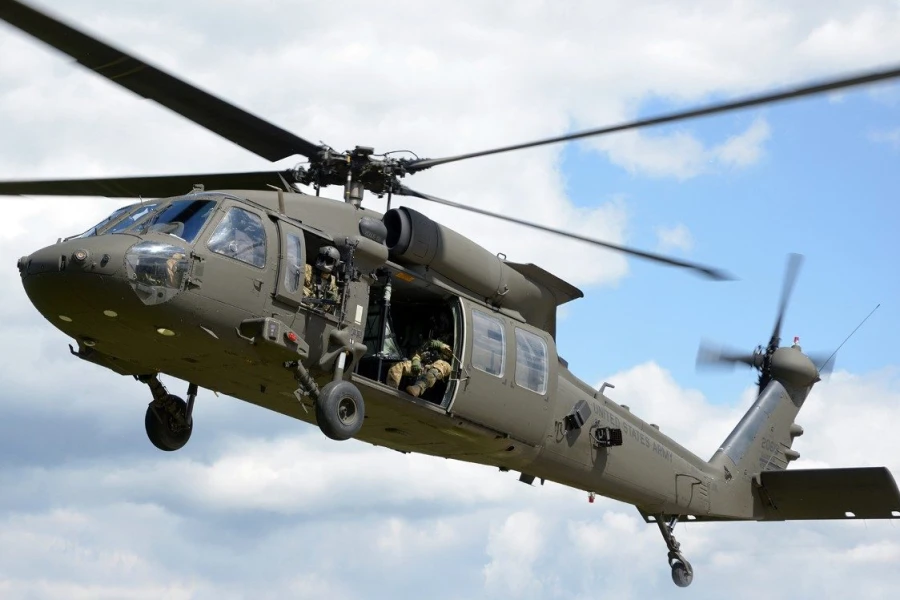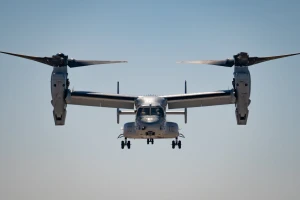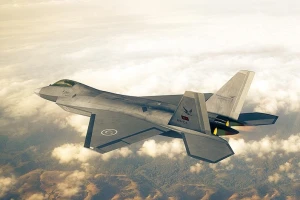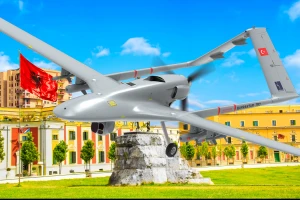- DEFENCE
- 1 year before
NATO Picks Lockheed for Helicopter Program
NATO's NGRC program advances with Lockheed Martin at the helm for a study on next-gen medium-lift helicopters, enhancing allied forces' capabilities by 2040.
-

- 1 year before
- Category: DEFENCE
- Published: 04/02/2024

Lockheed Martin, the parent company of Sikorsky, has been awarded a significant contract to lead a comprehensive study on open system architecture (OSA) for the NATO Next Generation Rotorcraft Capability (NGRC) initiative, as announced by the NATO Support and Procurement Agency (NSPA). This ambitious program aims to introduce a new class of medium-lift helicopters to serve at least six NATO member states, addressing the anticipated retirement of over 900 existing helicopters in the alliance's inventory between 2035 and 2040.
Lockheed Martin will leverage its extensive experience in open system architecture to aid NATO in exploring avenues for rapid system upgrades, seamless sensor integration, and enhanced interoperability. This will ensure that current and future systems can operate cohesively, providing a unified operational picture to support joint all-domain operations, according to Luigi Piantadosi, Sikorsky’s director of Future Vertical Lift International.
The NGRC program officially commenced in June 2022 with the U.K., France, Germany, Greece, Italy, and the Netherlands signing a memorandum of understanding and allocating an initial budget of €26.7 million. Sikorsky has consistently advocated for its X2 technology as the foundation for the NGRC, highlighting the technology's superior speed, agility, and survivability. Andy Adams, Sikorsky’s vice president of Future Vertical Lift, emphasized the advantages of the X2's modular open system architecture (MOSA), which promises swift integration of new capabilities and improved compatibility with NATO allies.
The NGRC aircraft is envisioned to be optionally manned, capable of transporting 12 to 16 fully equipped soldiers, and achieving a range of over 900 nautical miles in combat configuration with speeds potentially exceeding 220 knots. Designed to accommodate a broad spectrum of missions, the aircraft will also feature advanced teaming capabilities with unmanned aerial systems and carry an array of weapons.
An initial meeting of the OSA concept study team is scheduled for January 2024 to further refine the NGRC’s design parameters and operational capabilities. This follows a recent contract awarded to GE Aerospace to investigate innovative propulsion solutions for the NGRC program, with the concept study phase projected to conclude by the end of 2025.






Write Comment